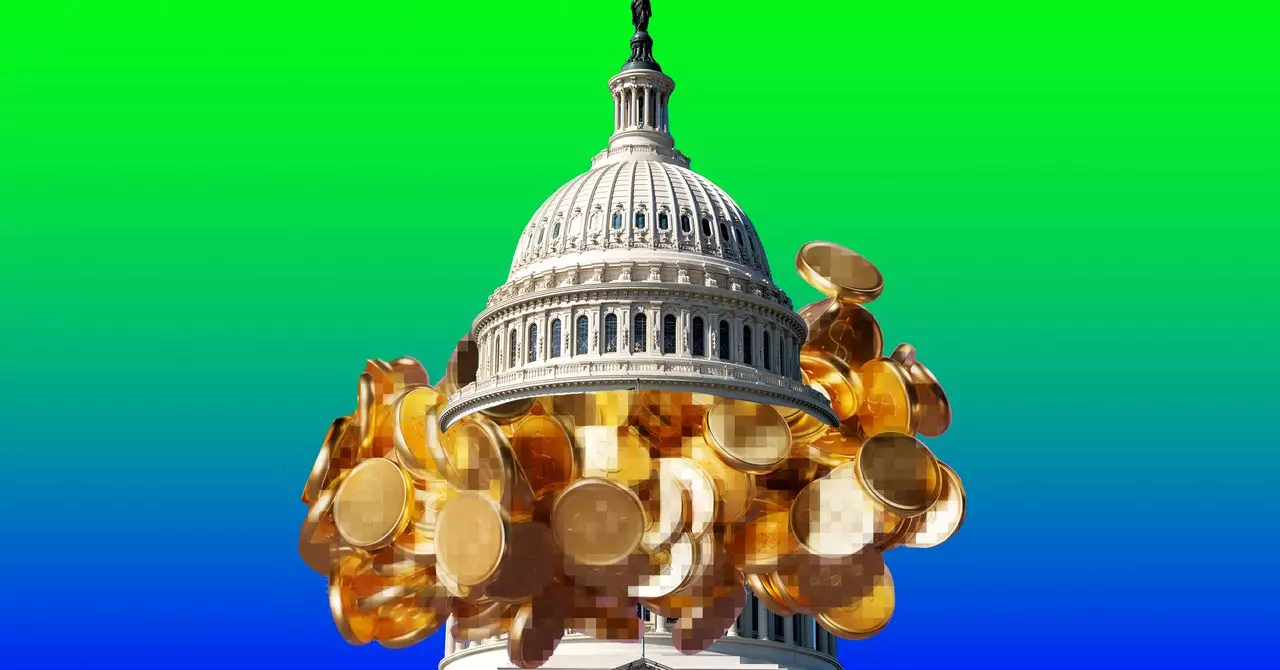The advent of stablecoins signifies a seismic shift in the global financial ecosystem. As digital representations of traditional currencies, these assets promise to revolutionize international trade, remittances, and monetary policy. Yet, beneath their gleaming surface lies a complex web of risks that could upend established financial structures if unregulated or poorly managed. The debate around stablecoins is not merely about innovation; it is a confrontation between progress and prudence, with stakes that could influence the global economy for decades.
The enthusiasm for stablecoins is driven by their potential to fortify the US dollar’s dominance and expedite cross-border transactions. Advocates like Christian Catalini envision a future where stablecoins democratize access to financial services, especially in countries suffering from monetary instability. The idea is that these digital assets could act as a bridge—allowing developing economies to circumvent local currency devaluations, thus maintaining a relatable and stable store of value. If widely adopted, stablecoins might also help the U.S. government secure cheaper borrowing costs by increasing demand for treasury bonds. Such benefits could be transformative, but only if the underlying infrastructure is robust.
However, this vision is under siege from a series of critical concerns. The very essence of stablecoins—privately issued digital dollars—could become a ticking time bomb if not carefully regulated. A major collapse of a stablecoin issuer, due to mismanagement or fraud, could destabilize the entire financial system. In such a scenario, the risk isn’t isolated; a once-trusted digital dollar might trigger a domino effect, leading to a liquidation of reserves and a dramatic plummet in bond values. This cascade could burden taxpayers with bailouts and threaten the stability of broader financial markets.
Regulatory Risks and Ethical Dilemmas
Amid the promising prospects, significant regulatory hurdles loom large. Critics warn that the current regulatory landscape is fragmented and lax, paving the way for financial malfeasance and systemic vulnerabilities. Leading figures like Jacob Silverman voice concern that integrating privately issued currencies into the core of the financial system might undermine transparency and accountability. If private stablecoins are allowed to grow unchecked, there’s a risk that they will serve as vehicles for corruption, insider trading, or even foreign influence.
The controversy surrounding the proposed GENIUS Act exemplifies these anxieties. Critics argue that the bill, which aims to regulate stablecoins, falls short in addressing conflicts of interest—in particular, the potential for political figures and their affiliates to profit from their own digital assets. The case of World Liberty Financial’s stablecoin, linked to investment dealings with the UAE and Binance, exemplifies the geopolitical and ethical dilemmas at stake. Such arrangements could morph into avenues for influence peddling, eroding public trust in financial and political institutions alike.
Moreover, the political landscape complicates regulation efforts. Lawmakers who might otherwise advocate for tighter oversight find themselves entangled in geopolitical and partisan disputes. While some legislators recognize the need for safeguards—such as preventing officials from profiting from their own crypto ventures—there’s skepticism about the enforcement and impartiality of investigations. The lack of a strong, independent Department of Justice willing to prosecute high-profile violations further exacerbates fears that regulation will be ineffective or captured by special interests.
Power Dynamics and the Future of Digital Currency
The discussion about stablecoins reaches beyond mere technical regulation; it touches on the distribution of power within the financial system. Will stablecoins serve as a democratizing force, or will they reinforce existing inequalities and vulnerabilities? The answers are intertwined with questions about transparency, accountability, and the political will to enforce meaningful rules.
In the end, the push to integrate stablecoins into mainstream finance reflects a broader dilemma: balancing innovation with stability. Do we embrace these new financial instruments, accepting a certain degree of risk because of their potential to catalyze economic growth? Or do we impose stringent safeguards, risking stifling innovation in the name of preservation? The decision is not straightforward, but one thing remains clear: the unstable terrain of the current crypto universe demands careful navigation.
Decisions made now will shape the future of monetary sovereignty. Whether stablecoins become a tool for economic empowerment or a source of systemic fragility depends on how regulators, industry leaders, and policymakers confront the profound challenges they present today. The path forward must be deliberate, transparent, and rooted in the recognition that the stakes are nothing less than the stability of the global financial order.

